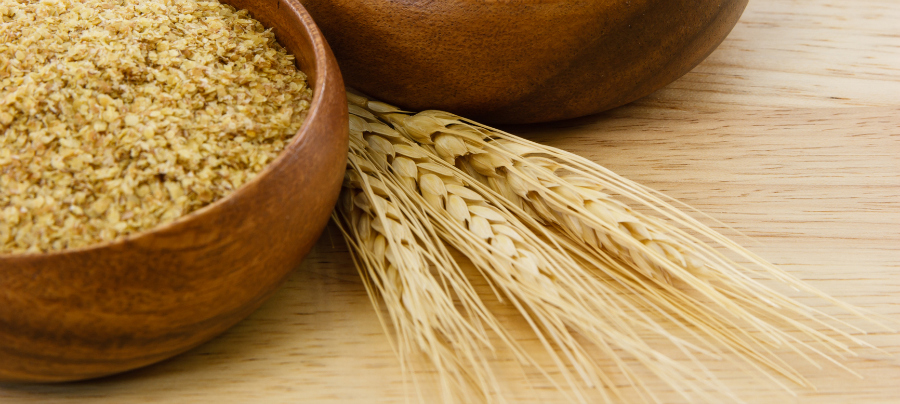Why You Need Wheat Germ
Wheat germ is the most vitamin- and mineral-rich part of the wheat kernel. In fact, the germ is actually the embryo of the wheat plant. This embryo will eventually nourish the new wheat plan. This is the reason why it has so many wonderful nutrients.
Unfortunately, this kernel, which includes the wheat germ, is tragically removed during the refining of whole wheat grains to white flour. In the manufacturing process, it is removed because its healthy oils can go rancid quickly, so removing it makes it easier for food production companies to keep wheat in storage much longer. The germ itself only makes up about 3% of the kernel, and you need over 50 pounds of wheat to get one pound of wheat germ.
Why Is Wheat Germ So Good for You?
Because it is meant to feed the new plant, wheat germ is packed with good nutrients. Two tablespoons of raw wheat germ have about 1.5 grams of unsaturated fat, 9 grams of carbohydrates, 4 grams of protein, 2 grams dietary fiber, 2 grams of sugars, no cholesterol and about 60 calories. This is plenty of protein and fiber.
Plus, it has a number of other healthy nutrients for your body:
B vitamins
Wheat germ is packed with important B vitamins, such as folate, vitamin B1 (thiamin) and vitamin B6. B vitamins are important for the heart, to make proper mood chemicals for our brain, and are critical for cardiovascular health.
Fiber
Wheat germ contains lots of fiber, which is necessary for good blood sugar balance, cholesterol control, intestinal health and detoxification.
Phytosterols
Wheat germ has phytosterols, which are actually steroid compounds similar to cholesterol. These phytosterols can lower unhealthy cholesterol and promote a healthy heart. One French study from 1992 found that eating 30 grams, or about a quarter of a cup, of raw wheat germ a day for 14 weeks lowered total cholesterol by 7.2%. It also lowered LDL, or “bad” cholesterol, by 15.4%, and triglycerides, a fat and sugar molecule in your blood, by 11.3%. Another study from the 2003 American Journal of Clinical Nutrition showed that if you removed the phytosterols from the wheat germ, you would not get the same cholesterol-lowering effect. This shows us that the phytosterols are the compound needed to lower cholesterol. In this study, wheat germ with the original phytosterols reduced cholesterol absorption from the intestines by an impressive 42.8%.
Other studies suggest that reducing bad cholesterol by just 7% can lead to a 15% lower risk of heart disease. Since wheat germ is one of the most robust sources of phytosterols, wheat germ may indeed be a superfood to lower bad LDL cholesterol.
Healthy Fatty Acids
Wheat germ is a good source of omega-3 fatty acids. Omega-3 fatty acids can help lower cholesterol, lower inflammation, and support a healthy nervous system, which can lower anxiety levels and improve mood.
Minerals
Wheat germ also contains tons of minerals, including iron, zinc, magnesium, calcium, selenium and manganese. Our body needs minerals to repair itself and run the chemical reactions that keep us healthy.
Vitamin E
Wheat germ contains plenty of vitamin E. This vitamin serves as a powerful antioxidant that protects the wheat germ oil from becoming rancid too quickly. Vitamin E is an antioxidant that can protect cell membranes, brain cells, and cholesterol molecules from free radical damage. Free radical damage greatly contributes to plaque build-up in the arteries, called atherosclerosis. Vitamin E can help stop that process. Vitamin E is also important for good liver detoxification, immune function, and blood glucose control in both healthy and diabetic individuals.
A 2008 study in rats showed that rats given wheat germ had significantly higher protective levels of vitamin E in their blood and liver, conferring greater antioxidant protection.
While some research is not totally clear to the benefit of supplementing with vitamin E, vitamin E-rich foods like wheat germ are shown to be very healthy every time. People who do decide to supplement should use mixed tocopherols, which are more like the type found in natural food.































